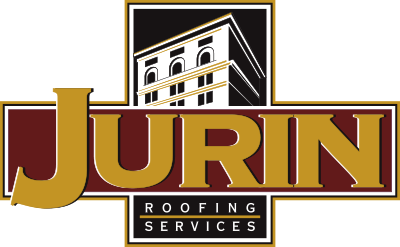The Florida Building Code Update for the 7th Edition will officially take effect January 1, 2021 and includes significant changes to roofing requirements from the prior edition. Included in these changes are wind load requirements and roof mitigation requirements.
Here are some of the more noteworthy changes to take effect. Please note this is not a complete or detailed list, rather just a quick overview of the most significant roofing code changes. For more information, please visit Florida Building Code Online.
General Roofing Requirements
The 7th Edition includes several changes aimed at roof assemblies to strengthen resistance to wind damage and water infiltration. These changes include both new construction and existing roof replacement and cover roofing underlayment.
There are also changes to wind loads on roofs, roof mitigation, roof diaphragms resisting wind loads in high wind regions, soffits, and cable and raceway-type wiring methods on roofs.

Wind Loads
New wind speed map based on ASCE7-16 specific to Risk Category IV buildings and structures recognizing there are higher reliabilities required for these buildings and structures. Increased wind loads for skylights, solar panels and certain types of canopies have also been implemented.
Roof Mitigation
The Florida Roofing Code update requires stronger mitigation measures be implemented when an existing roof is removed and replaced. The Florida Building Code has always required a certain level of mitigation be performed when the roof covering is removed for residential dwellings. The new requirements call for additional fastening and the application of a secondary water barrier.
Soffits
Field investigations completed after hurricanes have shown widespread failure of soffits when built under the old code. The new code includes improvements to soffit installation specifically addressing wind loads and installation details.

Cable- and Raceway-type Wiring Methods on Roofs
The Florida roofing code update now requires metal electrical conduit to be encased in concrete or supported above the roof covering when installed to prevent accidental damage during reroofing operations. Additionally, where metal electrical conduit is installed under metal sheet roof decking it must now be located no less than 1 1/2 inches from the lowest surface of the roof decking.






